| Thursday, November 16, 2023 | |
SCREEN |
|
| 10:00 | Welcome note, SCREEN |
| 10:05 | The Environmental effect of IC Chip Manufacturing: A Closer Look at the Wet Chemical Contribution |
Andrea Firrincieli, R&D Engineer for Sustainable Electronics, imec The Environmental effect of IC Chip Manufacturing: A Closer Look at the Wet Chemical Contribution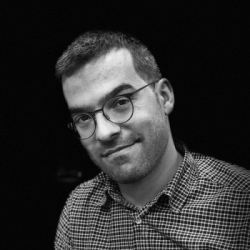
 Abstract Biography |
|
| 10:25 | Reduction of Process Chemicals and Energy Use in Single-Wafer Process Applications |
Jim Snow, Sr. Technologist, SCREEN SPE Reduction of Process Chemicals and Energy Use in Single-Wafer Process Applications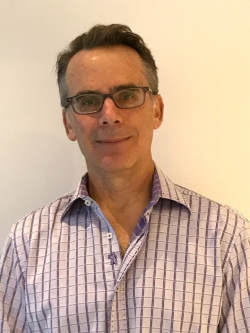
 Abstract Biography |
|
| 10:40 | Fluid Simulation Over A Rotating Disk: Momentum And Mass Transfer Across The Wafer Boundary |
Naser Belmiloud, R&D Engineer, SCREEN SPE Fluid Simulation Over A Rotating Disk: Momentum And Mass Transfer Across The Wafer Boundary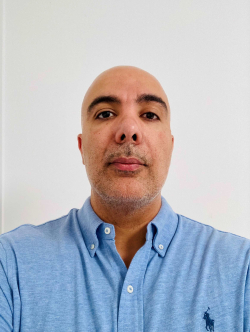
 Abstract Biography |
|
| 10:55 | SU-3400 Single Wafer Processor - The Evolution of the World´s No.1 Cleaning Equipment |
Mark Goeke, Sr. Manager, SCREEN SPE SU-3400 Single Wafer Processor - The Evolution of the World´s No.1 Cleaning Equipment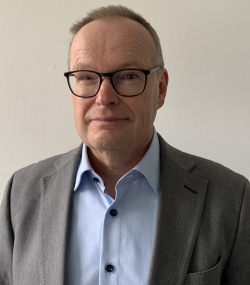
 Abstract Biography |
|
| 11:10 | SmartSiCTM, a Greener, Faster and Better Technology for SiC |
Olivier Bonnin, General Manager, Soitec SmartSiCTM, a Greener, Faster and Better Technology for SiC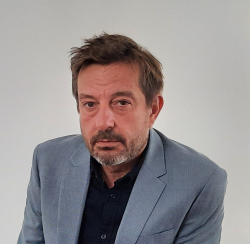
 Abstract Biography |
|
| 11:30 | Laser Annealing for New Generation of SiC Power Devices |
Paolo Badala', Sr. Technologist, ST Microelectronics Laser Annealing for New Generation of SiC Power Devices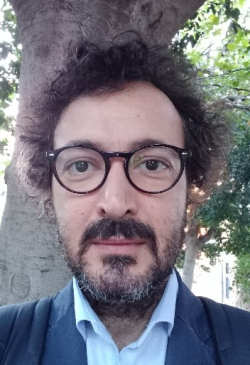
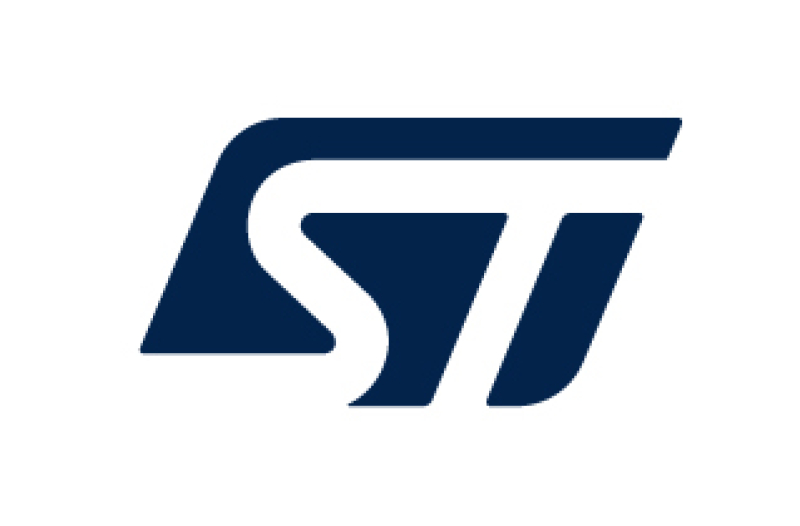 Abstract Biography |
|
| 11:50 | Solid-phase epitaxial regrowth of Si:P by nanosecond laser annealing for 3D sequential integration |
Sebastien Kardiles, Sr. Manager, Leti Solid-phase epitaxial regrowth of Si:P by nanosecond laser annealing for 3D sequential integration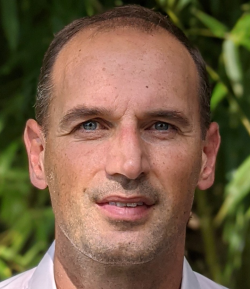
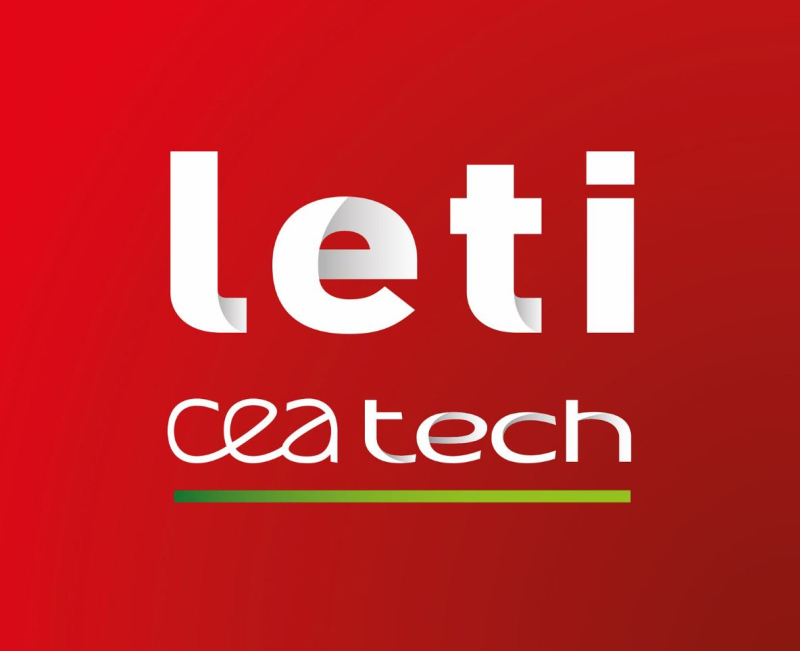 Abstract Biography |
|
| 12:10 | SCREEN Laser Annealing Technology for the Next Generation of Semiconductor |
Louis Thuries, Product Manager, SCREEN SPE SCREEN Laser Annealing Technology for the Next Generation of Semiconductor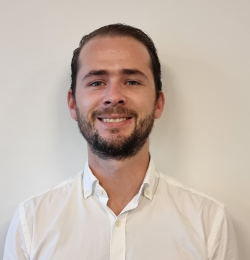
 Abstract Biography |
|